The Mozarabic Way to Santiago de Compostela, is a historic route. A route that pays tribute to all those Christians called Mozarabs who stayed in the territories of Al-Andalus. A journey through different landscapes, passing through olive trees, or cereal fields. It reminds us of that time when, despite being repressed, these Christians maintained their belief and devotion, and as proof of this today (and thanks to various Associations of the Camino de Santiago) has managed to maintain this ancient route. Do you want to meet her?
History of the Mozarabic Way
In the south of the peninsula the devotion to the Apostle St. James arose as in the north. This cult after the knowledge of the discovery of his remains made many pilgrims began a route to reach Santiago. A route that was used by the Christians who lived in Arab territories, being one of the oldest routes to Santiago.
The discovery of the Apostle’s remains led many of the Christians under Muslim domination to attempt the pilgrimage to Galicia, thus preserving their faith. The marked itinerary to reach the sepulchre was consolidated especially in periods of peace. Mozarabs from Almeria, Granada, Malaga and Jaen followed the ancient Roman communication routes converging in the ancient Cordoba. From there they headed to Merida.
Stages
As with other roads, this is not a single route, but a set of them. Millenary routes that start from different cities to unify at the same point. The Mozarabic Way they have starting points from Malaga, Almeria, Jaen and Granada, all of them reaching the ancient Cordoba to continue to Merida and continue along the Via de la Plata. Another option is to take the Camino Sanabrés.
You can start this Jacobean route through Andalusia from different cities such as Almeria, Granada, Jaen, Malaga or Cordoba to finish in Merida. There are no fixed itineraries, the following are those recommended by the Associations of Friends of the Camino de Santiago.
From Almeria
- Almeria – Rioja (23 km)
- Rioja – Alboloduy (15 km)
- Alboloduy – Abla (27.2 km)
- Abla – Huéneja (21.5 km)
- Huéneja – Alquife (20 km)
- Alquife – Guadix (27.3 km)
- Guadix – La Peza (22 km)
- La Peza – Quéntar (27.6 km)
- Quéntar – Granada (18.6 km)
From Granada
- Granada – Pinos Puente (19 km)
- Pinos Puente – Moclín (16 km)
- Moclín – Alcalá Real (21.8 km)
- Alcalá Real – Alcaudete (23.7 km)
From Jaén
- Jaén – Martos (20.74 km)
- Martos – Alcaudete (22.80 km)
- Alcaudete- Baena (24.6 km)
From Malaga
- Malaga – Junta de los Caminos (10.8 km)
- Junta de los Caminos – Almogía (12.2 km)
- Almogía – Villanueva de la Concepción (17.5 km)
- Villanueva de la Concepción – Antequera (16.3 km)
- Antequera – Cartaojal (11.4 km)
- Cartaojal – Villanueva de Algaidas (12.5 km)
- Villanueva de Algaidas – Cuevas Bajas (9.9 km)
- Cuevas Bajas – Encinas Reales (5.7 km)
- Encinas Reales – Lucena (20.4 km)
- Lucena – Cabra (13 km)
- Cabra – Doña Mencía (11.9 km)
- Doña Mencía – Baena (8.7 km)
Baena and Cordoba (Connection)
- Baena – Castro del Río (19.9 km)
- Castro del Río – Espejo (9.6 km)
- Espejo – Santa Cruz (12 km)
- Santa Cruz – Córdoba (24.3 km)
From Cordoba (to Merida):
- Córdoba – Cerro Muriano (18.4 km)
- Cerro Muriano – Villaharta (21.18 km)
- Villaharta – Alcaracejos (35.53 km)
- Alcaracejos – Hinojosa del Duque (21.56 km)
- Hinojosa del Duque – Monterrubio de la Serena (32.19 km)
- Monterrubio de la Serena – Campanario (39.17 km)
- Campanario – Medellín (37.33 km)
- Medellín – San Pedro de Mérida (28.20 km)
- San Pedro de Mérida – Mérida (16 km)
Best time to do it
If we decide to go this way we have to keep in mind how best to do it to avoid it being hell. It is advisable to avoid the summer months, it is very important. In the south of the peninsula the heat is something quite insufferable in the summer months, we can get to 40 degrees in the shade. It is recommended to walk this route in the months of autumn or early winter, we can enjoy a very pleasant temperature.
Accommodation and signage
Maybe this is what will encourage us or not to do the Camino Mozarábe. As for the signposting we must say that it is practically in all its route quite correct, although sometimes we will have to orientate ourselves by ourselves. The Associations of Friends of the Camino, such as the one in Almería, are doing a great job recovering the route and its signposting. From Granada or Cordoba it is very easy to follow the signs and enter each city.
Regarding accommodation between stages, the only problem we will find is in the stretch from Granada to Cordoba, where there are no hostels. But there is a solution and all thanks to some municipalities that usually enable some facility for it. In some villages, if the town council does not take care of it, parishes are the ones that welcome all pilgrims who want to stay. We are talking about hostels, but let’s not forget that it will never be a problem to stay in hostels, pensions, etc., along the route.
Nowadays, to be honest, there are few pilgrims who follow the Mozarabic Way, which links with the Silver Route. But we assure you that it is a route where you will discover incredible landscapes and history at every stage. An experience you will never forget. What are you waiting for? ¡Buen Camino!

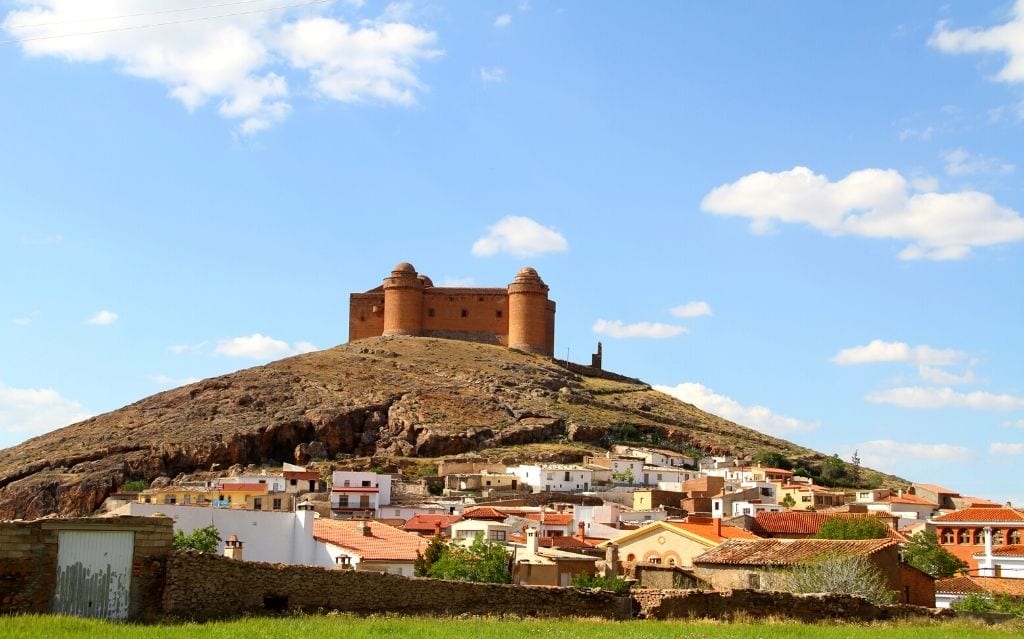
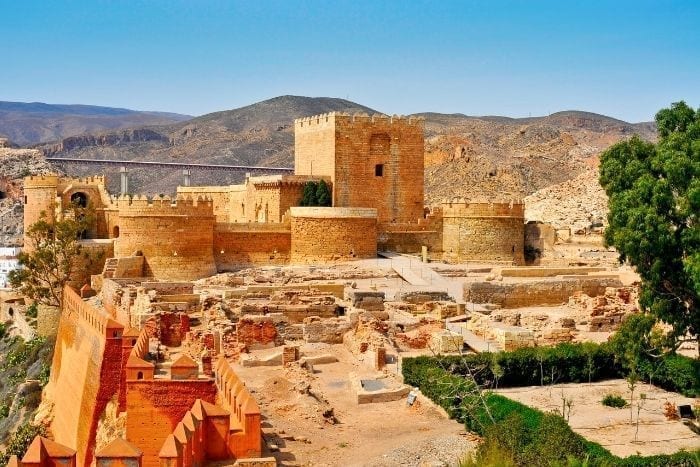
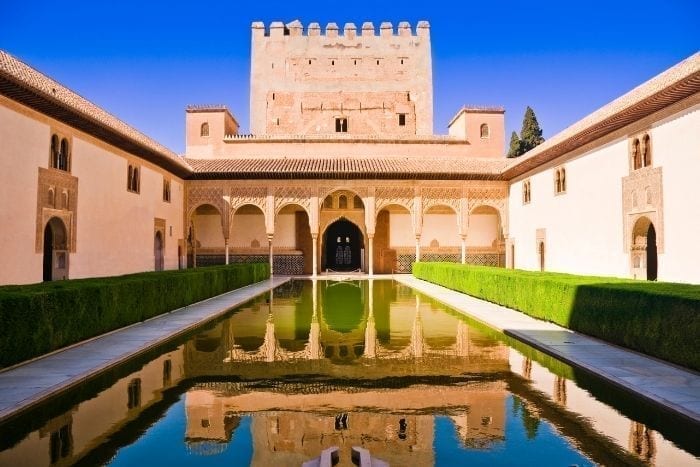
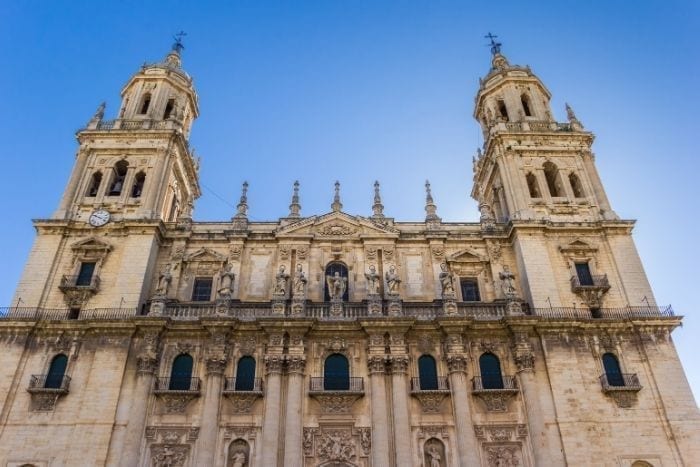
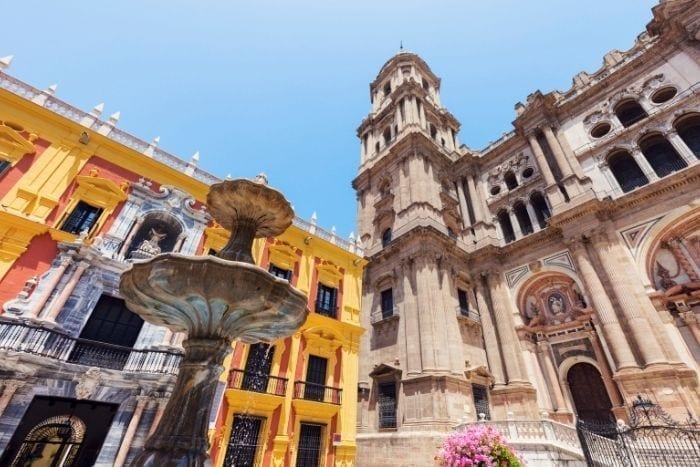
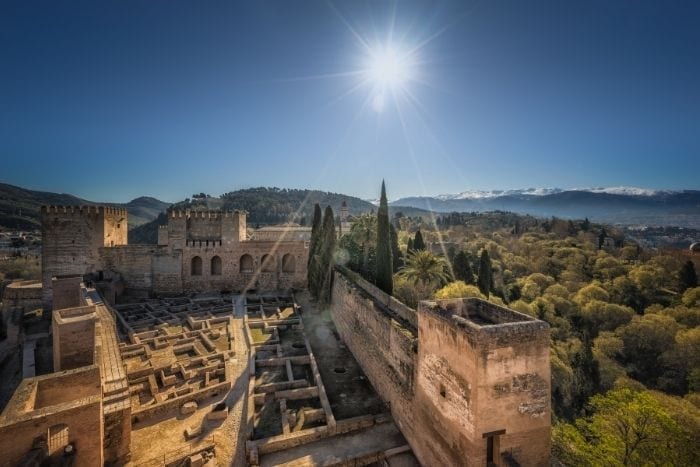
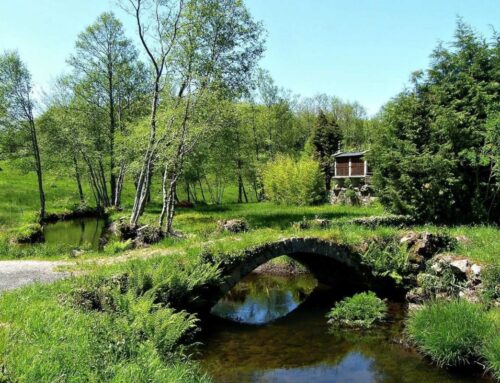
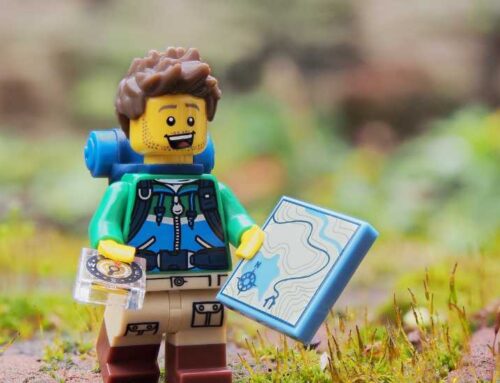

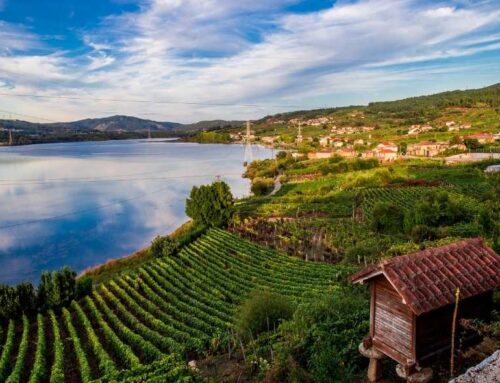
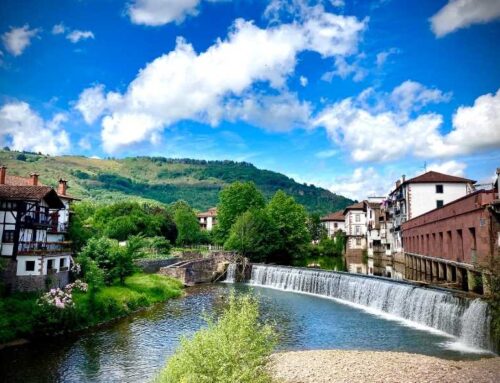
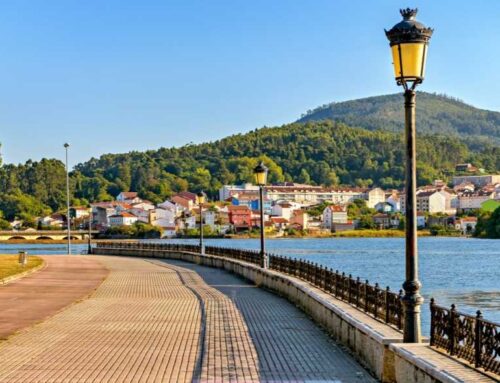
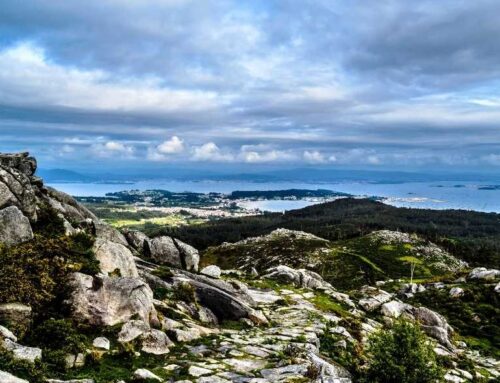
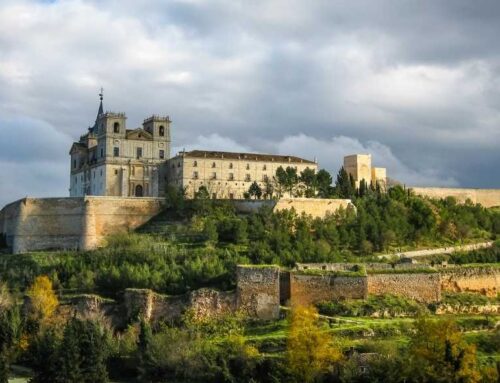
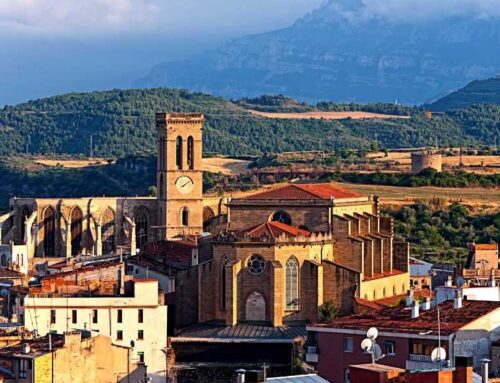


Leave A Comment